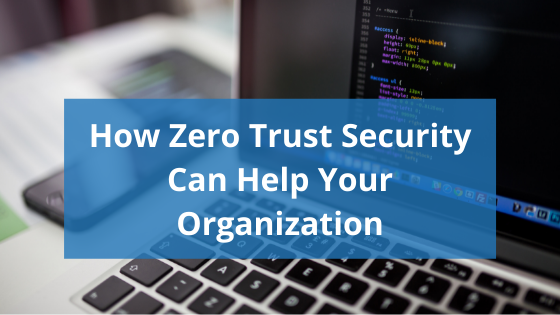Nobody wants to attend a meeting, in person or online, that leaves them thinking, "this could have been an email." Some organizations may have a problem where they host too many meetings, taking away people's time for other work. Alternatively, you may find yourself in meetings where it is unclear who the leader is or what the takeaways should be. We have gathered some tips on how you can make your virtual meetings more effective.
Use your scheduling assistant
When setting up a meeting time, you do not want to waste time and energy asking each participant when they are free. You may decide on a date with the group, like "let's circle back to this on Friday," but sending notes back and forth confirming time slots can end up wasting too much time. Instead, take advantage of the scheduling assistant built into your calendar tool, using that to find a time that works best for everyone. Alternatively, if you are scheduling a meeting with someone outside of your organization, you can use a meeting booking tool that gives them time slots you are available for, and they can pick the date and time that works best for them.
Set a clear agenda
Having a clear plan for any meeting is essential. When sending out meeting invitations to your team, make sure you select an appropriate amount of time to cover your needs, name your meeting something specific, and provide a description or clear agenda in the invitation, so everyone knows why you are gathering. This will ensure that everyone has a clear understanding of the purpose and goals of your meeting and will come prepared.
Use tools everyone is familiar with
There are various virtual meeting tools that can be used for small or large groups, and they all have unique features that may make them preferable for individual meetings. However, it is important that you use a tool your entire group will be familiar with, so they do not have to go through the process of getting acquainted with it during your meeting. You may find that some individual teams at your organization prefer one meeting tool while people who work with more external partners prefer another. Determine which is your organization's official internal meeting tool and set it as your standard for internal discussions.
Set ground rules
Establishing rules for virtual meetings is key. These rules can include things like keeping cameras on, staying on mute unless you are speaking, using a hand raise or other indicator when you would like to say something, or using the chat feature to ask questions. By creating these rules for your meetings, you create an environment where everyone knows how to interact and the best way to use the technology.
All meetings, virtual or in-person, can be stressful to organize, lead, and run. These tips will help you establish effective and meaningful meetings with your internal team and external partners. If you are interested in talking about your technology, need help with a webinar or virtual event management, or want to talk about cybersecurity, please contact us.



.png)

Leave a Reply